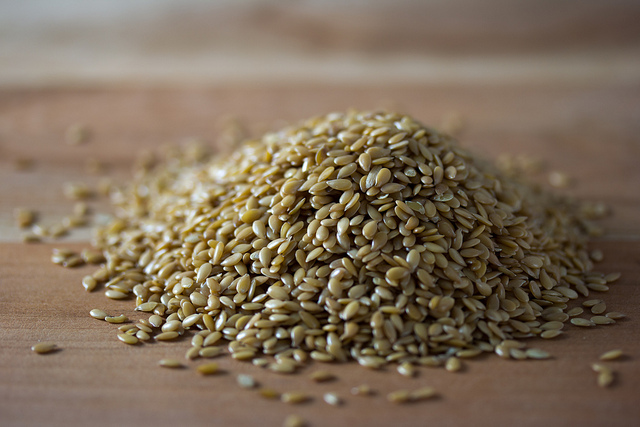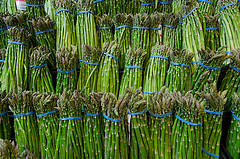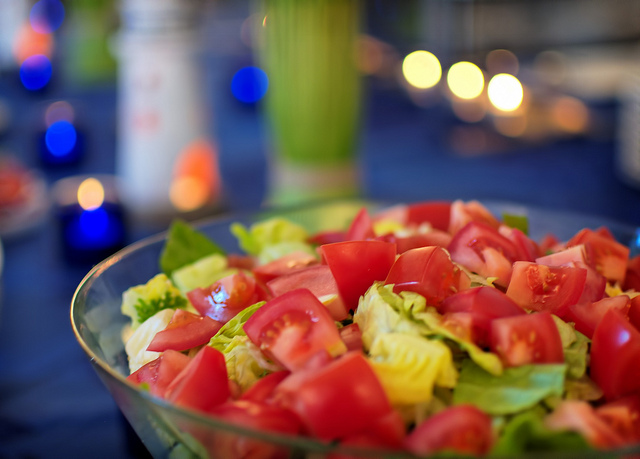Nothing feels better than getting a facial or a fresh blowout, but unfortunately, these types of beauty treatments can be pretty pricey. Luckily, you can mimic their results in your own home at Provence at Valencia, often by using common items that you already have. Here are a few rejuvenating beauty treatments that you can make yourself.
- Create a nourishing hair mask that restores each strand by combining common foods from the refrigerator. Simply mix together one egg yolk, one tablespoon of mayonnaise, 1/4 of an avocado, and two tablespoons of olive oil, and then let the mask sit on your hair for one hour before rinsing.
- Give yourself an at-home sugar scrub that sloughs off dead skin and leaves your body feeling smooth and rejuvenated. Combine equal parts coconut oil and brown sugar with a squeeze of fresh lemon juice, then rub it all over the next time you’re in the shower.
- Do a DIY facial using a mashed banana mixed with two tablespoons of heavy cream, one tablespoon of honey, one tablespoon of flour, and one tablespoon of water. Let the mask sit on your face for 10 minutes before rinsing. The banana reduces redness and adds smoothness, while the heavy cream is very soothing and leaves a soft, supple feeling behind.
10 All-Natural Beauty Fixes [Woman’s Day]
Crazy Beauty Tricks That Really Work [Whole Living]
Our Favorite All-Natural Home Beauty Treatments [Fitness Magazine]
10 DIY Beauty Treatments [Seventeen]









 Equal Housing Opportunity
Equal Housing Opportunity